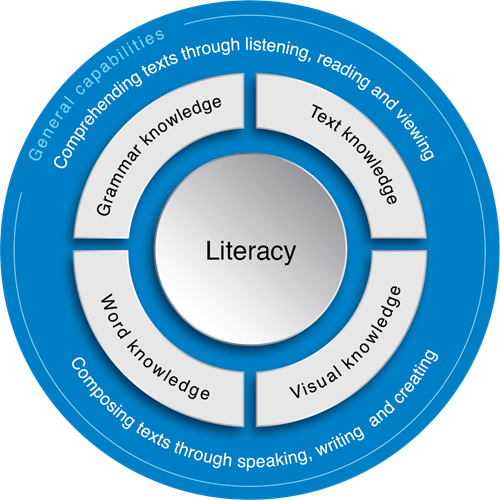While exploring the pedagogical initiatives at the end of Module 1 this week; I decided to focus on the Melbourne declaration on educational goals for young Australians (Curriculum Corporation 2008). I found that this declaration had 2 specific educational goals for the learner to work towards. The one aspect of goal two that I connected with was the creation of confident and creative individuals. I mainly focused on this aspect as I love when students and people in general are creative in their way of thinking and expression.
While reading the declaration it stated that students “have the knowledge, skills, understanding and values to establish and maintain healthy, satisfying lives (Curriculum Corporation 2008).” I started to contemplate what this might mean in regards to how students would gain this knowledge and skill set when learning in a school library environment. The school library strongly encourages the use of creativity particularly when practising reading and writing in literacy. The job of the Teacher Librarian (TL) therefore is to engage the interest of these creative students particularly when participating in research activities. In my experience primary aged students are encouraged to use their own skill set when presented with a topic to research.

Organising elements for Literacy (Australian Curriculum n.d.)
Therefore the TL has the task of engaging students in these research tasks particularly when displaying the relevant information used in literacy lessons. For example if a student is asked to create a presentation about rainforests then the TL can provide physical textbooks or digital links for students to use in order to interpret any relevant information. The element that I believe is most relevant to creative students however is the composing of texts through speaking, writing and creating across all their schooling. Each student is different but the Australian Curriculum states that they can: “create formal and informal texts as part of classroom learning experiences including group and class discussions, talk that explores and investigates learning area topics, and formal and informal presentations and debates (Australian Curriculum n.d.).” This provides the student with all manner of learning areas to explore as well as encourage them to become more confident in areas that they enjoy like public speaking or creating digital media (PowerPoint or i Movies) that expresses their learning in different forms.
References:
Australian Curriculum Assessment and Reporting Authority. (n.d.). Australian Curriculum. Retrieved from http://www.australiancurriculum.edu.au/f-10-curriculum/general-capabilities/literacy/
Curriculum Corporation. (2008). Melbourne declaration on educational goals for young Australians. Melbourne: Ministerial Council on Education, Employment, Training and Youth Affairs. Retrieved from http://www.curriculum.edu.au/verve/_resources/National_Declaration_on_the_Educational_Goals_for_Young_Australians.pdf
No Comments